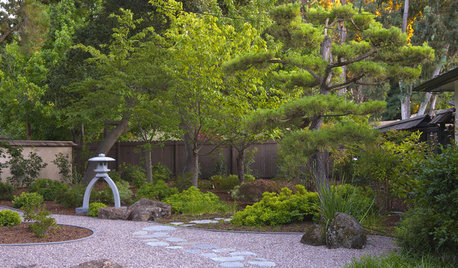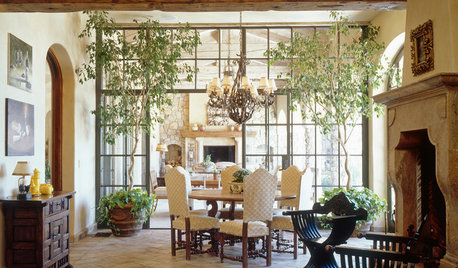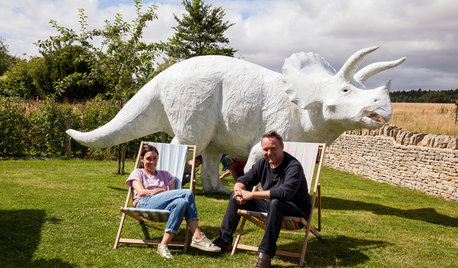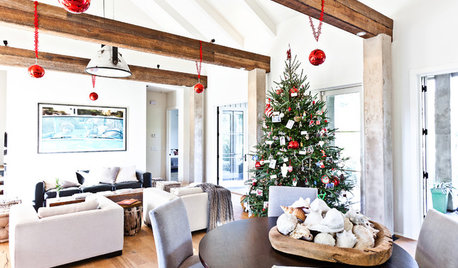stunted Norfolk pine
ern_pdx
13 years ago
Related Stories

GARDENING GUIDESGreat Design Plant: Pinus Thunbergii ‘Thunderhead’
Thunderhead pine adds year-round strength and structure to the garden
Full Story
Rooting for Indoor Trees
Houseplants tend to get all the glory indoors, but trees deserve their place in the sun — and in your living room, your entryway, your ...
Full Story
HOUZZ TOURSMy Houzz: Accessibility With Personality in an 1870 Home
Hand-painted murals and personal touches fill an accessible home with warmth and charm
Full Story
FARM YOUR YARDHow to Build a Raised Bed for Your Veggies and Plants
Whether you’re farming your parking strip or beautifying your backyard, a planting box you make yourself can come in mighty handy
Full Story
GARDENING GUIDESWhen and How to Plant a Tree, and Why You Should
Trees add beauty while benefiting the environment. Learn the right way to plant one
Full Story
LIFESimple Pleasures: A Room of Your Own
Free up space for your own creative or meditative pursuits, and your dreams may have freer rein too
Full Story
FALL GARDENINGHouzz Call: Show Us Your Fall Color!
Post pictures of your fall landscape — plants, leaves, wildlife — in the Comments section. Your photo could appear in an upcoming article
Full Story
DECORATING GUIDESShop Your Garden for Easy Holiday Decorations
Make your home merry and bright without all the stress and fuss — everything you need is in your own backyard
Full Story
WORLD OF DESIGNA Brief History of British Eccentricity
Britain is famous for its quirky characters. And some of the nation’s best interiors reflect this collective trait wonderfully
Full Story
HOLIDAYSCollecting Christmas Ornaments That Speak to the Heart
Crafted by hand, bought on vacation or even dug out of the discount bin, ornaments can make for a special holiday tradition
Full StorySponsored
Columbus Area's Luxury Design Build Firm | 17x Best of Houzz Winner!
More Discussions










tapla (mid-Michigan, USDA z5b-6a)
amccour
Related Professionals
Edmond Landscape Architects & Landscape Designers · Simi Valley Landscape Architects & Landscape Designers · Wareham Landscape Architects & Landscape Designers · Salem Landscape Contractors · Peabody Landscape Contractors · Eureka Landscape Contractors · Gresham Landscape Contractors · Melrose Landscape Contractors · Mount Sinai Landscape Contractors · Newnan Landscape Contractors · Rockwall Landscape Contractors · Vineyard Landscape Contractors · Waipahu Landscape Contractors · Gloucester City Interior Designers & Decorators · Queens Interior Designers & Decorators